Why Do I Need An Acid Toner?
Acids? Why acids? Well, because what certain acids can do for the skin is incredible. Think along the lines of gentle but still powerful and transformative results. With the Daily Acid Toner we want to introduce you to some ingredients that have become our new best friends. At Josh Rosebrook, our emphasis is always on the formula and the synergy of the ingredients housed in each bottle, yet we think these newcomers deserve a little spotlight.
Intro to Acids
Chemical exfoliation works differently from physical exfoliation - take a look at our post on walnut shells to get a crash course. Chemical exfoliation works by acids penetrating the skin surface and detaching dead skin cells to reveal new and fresh cells underneath. This process happens naturally every 3-5 weeks as our skin renews the upper most layer through its own regulation, but as we age this process slows down and a helping hand is needed to renew. Enter acids.
There are two distinct types of chemical exfoliants that are most commonly used in skincare products: AHA’s (alpha hydroxy acids) and BHA’s (beta hydroxy acids). For the science lovers, carbon structure determines whether they are alpha or beta hydroxy. The biggest difference between AHA’s and BHA’s lies in their solubility. AHA’s dissolve in water and BHA’s in oil but they both work to increase cell turnover and lift away dead skin cells, effectively removing any build up. This is how they quickly allow your skin to feel smoother and fresher, looking brighter with more even texture.
Let’s take a brief look at the most commonly used acids in skincare products:
Glycolic acid:
- Smallest, most potent and therefore most popular AHA used in skincare
- Small size allows it to penetrate skin easily
- Naturally found in grapes, sugar cane juice and beet juice
- Can reduce discoloration
- The only AHA with skin fortifying properties
- With consistent use has been shown to increase thickness of skin
- Increases photosensitivity in skin - don’t forget to apply Nutrient Day Cream!
Lactic acid:
- Second most used AHA
- Primarily derived from milk or sugar rich fruits and vegetables
- Larger molecule than glycolic, making it slightly less effective but more gentle
- Legend has it that Cleopatra bathed in sour milk in ancient Egypt, making this one of the oldest actives
- Highly moisturizing
Salicylic acid:
- Only used BHA in skincare
- Derived from willow bark
- Due to being oil soluble it can penetrate into pores and shed dead skin, making it the most effective acid to treat black and white heads
- Rich in anti-inflammatory and anti-irritant properties
The common denominator between all AHA’s and BHA’s is that the concentration and pH levels are crucial to their ability to be effective. For AHA’s, the pH can change the amount of AHA absorbed into your skin, though this also depends on the concentration of the AHA. For BHA’s, the pH doesn’t matter nearly as much as the concentration. The pH of any product is determined by the different ingredients and their concentrations, adding an additional layer of complexity when trying to create an effective, gentle and safe acid formulation.
Meet hibiscus flower acid
Now that you’ve learnt more about singular AHA’s vs. BHA’s, let’s introduce an ingredient that we are proud to innovate with: hibiscus flower acid. For the purposes of this piece we crowned hibiscus sabdariffa (roselle) flower acid (HSFA) our queen ingredient. It works gently, effectively and gracefully to exfoliate, reduce discoloration, improve skin hydration and barrier function using a diversity of acids that comprise its biochemical makeup. That’s right - queen roselle is glowing (literally - read on) with pyruvic, malic, tartaric, and citric acids, making it a non-singular acid. You can bow now or later, but either way, let’s take a deeper look into these four AHA’s and their skin benefits.
Pyruvic Acid aka. Pyruvate
- Incredible at smoothing skin, both in tone and texture
- Improves the appearance of mild to moderate congestion
- Helps to reduce fine lines
- Helps lighten dark spots
- Dependent on the concentration, traditionally this acid can create a peeling effect although this is not the case with the Daily Acid Toner as pyruvic acid is a constituent, not a direct ingredient
Malic Acid
- A well tolerated AHA commonly derived from apple
- A supportive player to glycolic acid, a bit like bee to a flower
- Molecularly larger than other AHA’s, making it gentle enough even for sensitive skin
Tartaric Acid
- Naturally occurring in grapes
- Helps to maintain the ideal pH range for other AHA’s to work their magic
- Can help provide more targeted surface exfoliation due to its large molecular size
Citric Acid
- An AHA commonly derived from citrus fruits
- Shown to help increase the thickness in sun-damaged skin
- Shown to increase the skin’s ability to hold water (to learn more, look up dermal glycosaminoglycans and check out our post on hyaluronic acid.)
Now, about that rosy glow of HSFA: the red pigment of the roselle is due to it’s anthocyanin concentration. Anthocyanins, a subclass of flavonoids, are responsible for the intense red or blue color of certain flowers and fruits like blueberries or cherries. It’s a signal from mother nature that these ingredients pack a special antioxidant punch, often naturally higher than isolated vitamin C and E. The higher the anthocyanin content of the plant material, the stronger the color will be. Roselle’s color is a beautiful, deep red that pops.
Besides the power of the acids present, individual studies conducted on the overall benefits of hibiscus flower for dermal application have ranged in results from acceleration of healing wounds to counteracting significant photodamage and decline, and increased thickness and hydration of the skin. We know, we also thought it sounded too good to be true - nature is brilliant.
The other acid at play here is glycolic acid (an AHA highlighted above in intro to acids) and it’s important to address why it was chosen and how it works with HSFA. Our glycolic acid is fruit-derived and exists at a low but effective concentration within the Daily Acid Toner. Glycolic acid also specifically helps the performance of other ingredients and other products, directly in line with our belief in ingredient synergy and product synergy. Our glycolic acid supports the benefits of HSFA by cleverly working away on collagen synthesis each time it’s applied - it’s long-term results are plumper, thicker and more supple skin.
“I’m a huge fan of acids. They work, they are extremely well-studied and I wanted to drive innovation with this formulation using effective (and gentle) facial acids that are not commonly used. Here I'm introducing an acid formulation that is gentle enough for sensitive skin and bold enough for people who desire more strength.”
Meet your new fave
We know that if you are excited about the Daily Acid Toner (DAT), you’ll go straight to the product page and absorb all the information you can get from the breakdown of the description and the INCI. What you won’t get from the product page is what you’ll get here: what to expect when you open your first bottle. Let’s explore the DAT-A (pun intended).
The scent of the DAT is lightly sweet, fruity but fresh. There is zero added fragrance and no essential oils in this formula, with the scent only coming from the incredible olfactory synergy of the ingredients. We consciously chose to exclude essential oils from the formula to support its compatibility with everyone’s skin.
After application, the skin immediately feels soft and supple - nothing feels tight or uncomfortable. Unlike many acid products or treatments that require you to schedule an extra day off to account for lizard-like shedding, there isn’t anything remotely drying about this toner. In fact, what is so unusual about this acid toner is its ability to support the hydration of the skin. The gentle concentration of the acids allows even sensitive skin and more challenging conditions to benefit, yet is powerful enough for more avid acid users to fall in love at first sweep with a cotton round. It was formulated for both at home and professional use.
Daily Acid Toner leaves you with a brighter complexion from renewed skin and an improved moisture barrier. Due to the acids, DAT also helps to clear away congestion, reduce fine lines and dark spots, along with reducing the appearance of redness. We know the last bit is often the opposite of what most acid toners do, which is why it was so important to factor in singularly soothing, calming and hydrating ingredients into the formulation such as chamomile and hyaluronic acid.
The Daily Acid Toner is excellent and non-sensitizing in conjunction with retinol and tretinoin use. DAT is also safe to use during pregnancy and while breastfeeding.
Lastly, the synergy at play with the rest of the ingredients is vital in supporting the effectiveness of the HSFA and glycolic acids. Along with in-house crafted plant extracts, the toner boasts a unique combination of ingredients like mineral-dense montmorillonite clay, antioxidant rich sea kelp, restoring amino acids and rejuvenating green tea.
Tone with DAT after cleansing with Complete Moisture Cleanse and before misting with the Hydrating Accelerator and Hydration Boost Concentrate. We always recommend that you protect your skin daily with Nutrient Day Cream.
Resources
Effects of Topical Mandelic Acid Treatment on Facial Skin Viscoelasticity
Facial Plastic Surgery 2018 Dec;34(6):651-656 https://www.ncbi.nlm.nih.gov/pubmed/30513536
Pyruvic Acid Peels for the Treatment of Photoaging.
Ghersetich, Ilaria & Brazzini, Benedetta & Peris, Ketty & Cotellessa, Claudia & Manunta, Tiziana. (2004). Dermatologic surgery : official publication for American Society for Dermatologic Surgery [et al.]. 30. 32-6; https://www.researchgate.net/publication/8944391_Pyruvic_Acid_Peels_for_the_Treatment_of_Photoaging
Comparison the effectiveness of pyruvic acid 50% and salicylic acid 30% in the treatment of acne
.J Res Med Sci. 2016:21:31. https://www.ncbi.nlm.nih.gov/pmc/articles/PMC5122108/
Evaluation of the efficacy and tolerability of mandelic acid-containing cosmetic formulations for acne skin care.
Przegląd Dermatol 2015;4(4):316-321 https://www.researchgate.net/publication/282774826_Evaluation_of_the_efficacy_and_tolerability_of_mandelic_acid-containing_cosmetic_formulations_for_acne_skin_care
Citric Acid Increases Viable Epidermal Thickness and Glycosaminoglycan Content of Sun-Damaged Skin
Dermatol Surg 1997 Aug;23(8):689-94 https://pubmed.ncbi.nlm.nih.gov/9256916/
Effects of alpha-hydroxy acids on the human skin of Japanese subjects: The rationale for chemical peeling.
J. Dermatol. 2006;33:16–22. https://pubmed.ncbi.nlm.nih.gov/16469079/
Alpha-hydroxyacids and carboxylic acids.
J. Cosmet. Dermatol. 2004;3:76–87. https://pubmed.ncbi.nlm.nih.gov/17147560/
Lavaud, Alexis & Pichon, G & Rolland, Y & Roller, M & Bily, Antoine 2016. Hibiscus acid extract scientific evidence as natural skin renewal. Planta Medica. 81. S1-S381. 10.1055/s-0036-1597002.
Effect of Absolute From Hibiscus syriacus L. Flower on Wound Healing in Keratinocytes
https://www.ncbi.nlm.nih.gov/pmc/articles/PMC5307920/ Pharmacogn Mag. 2017 Jan-Mar; 13(49): 85–89
Hibiscus syriacus Extract from an Established Cell Culture Stimulates Skin Wound Healing
BioMed Research International Volume 2017, Article ID 7932019 https://www.researchgate.net/publication/321340165_Hibiscus_syriacus_Extract_from_an_Established_Cell_Culture_Stimulates_Skin_Wound_Healing
Cosmetic Dermatology: principles and practice. Leslie Baumann, MD, 2nd edition, 2009.
Anthocyanins.
https://www.sciencedirect.com/topics/chemistry/anthocyanin
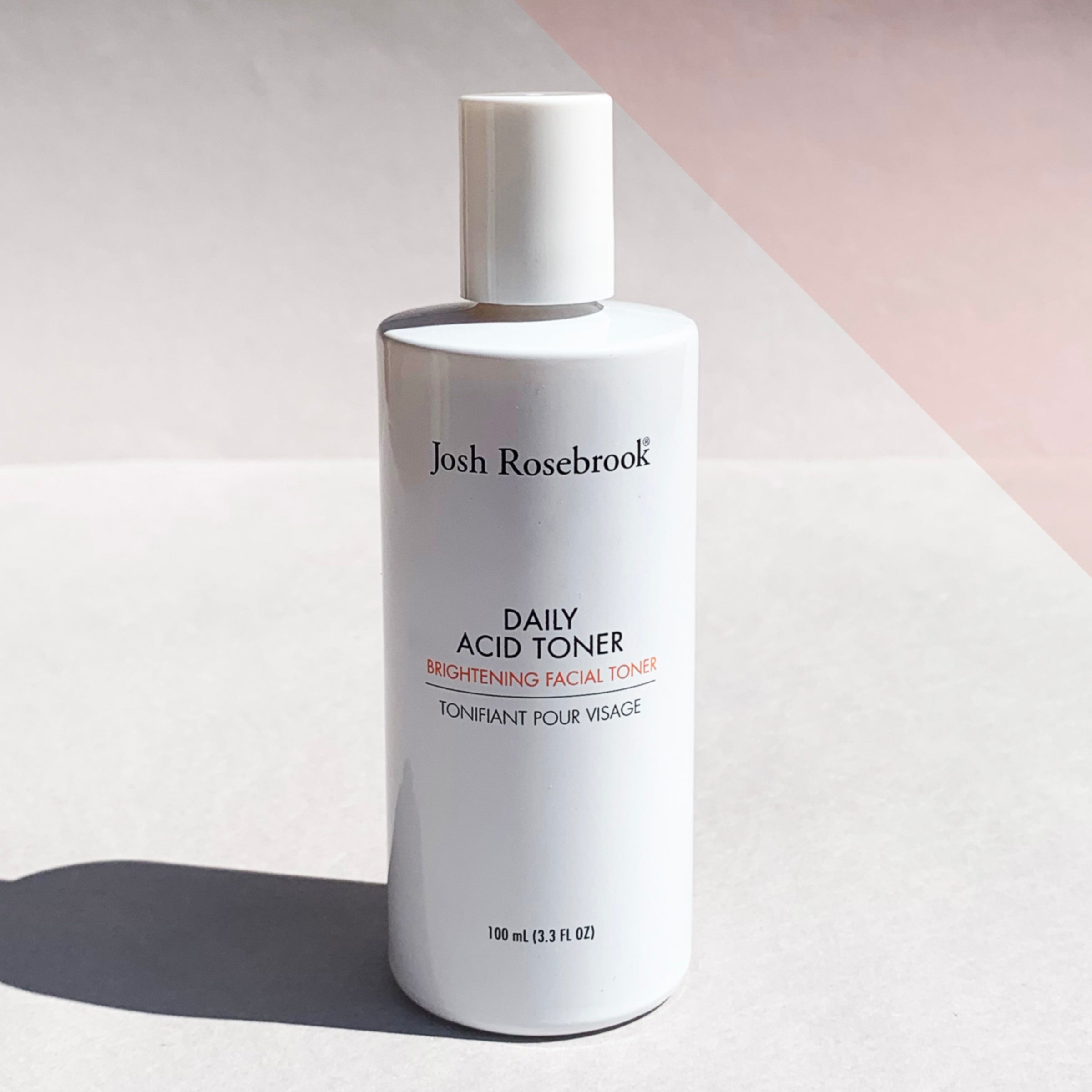



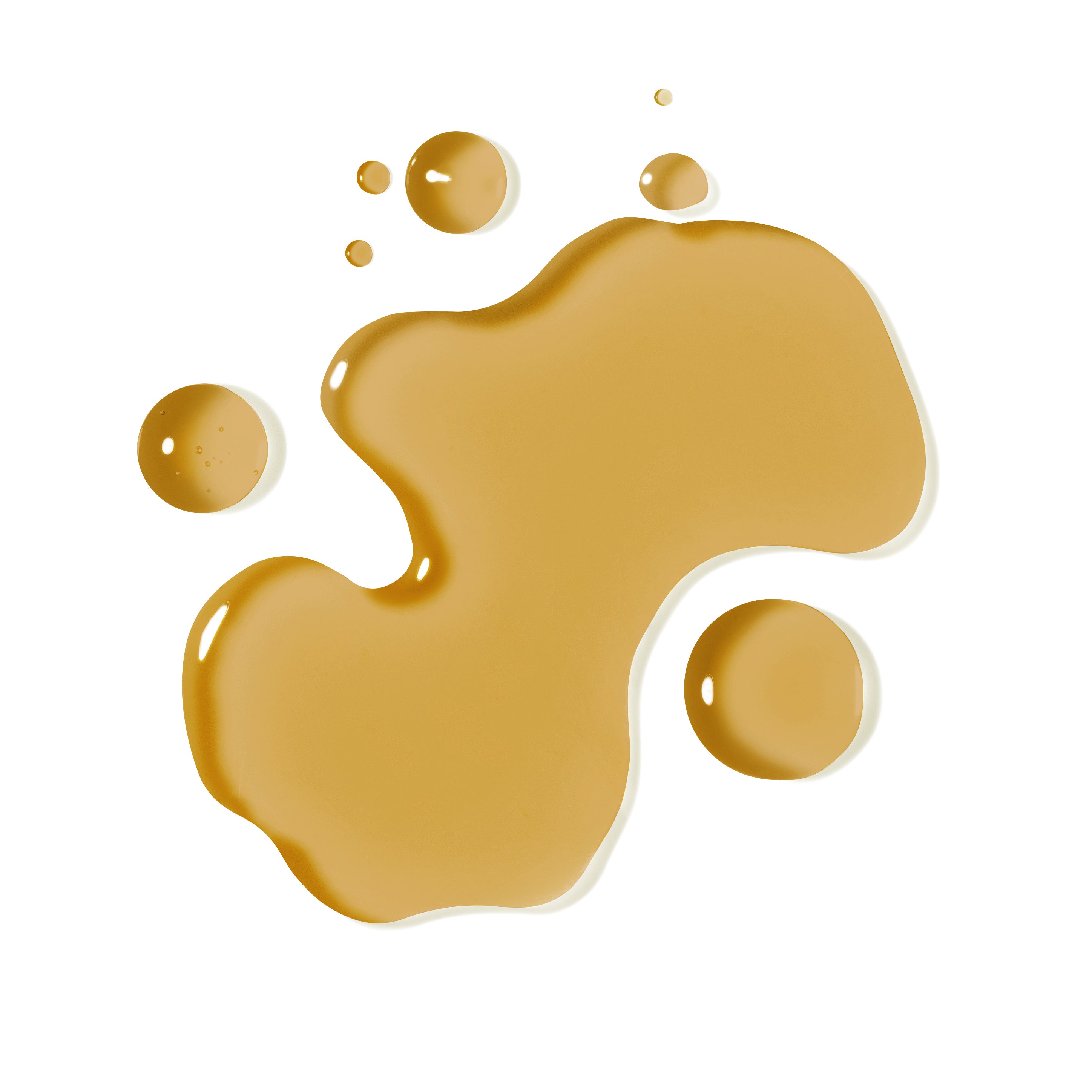




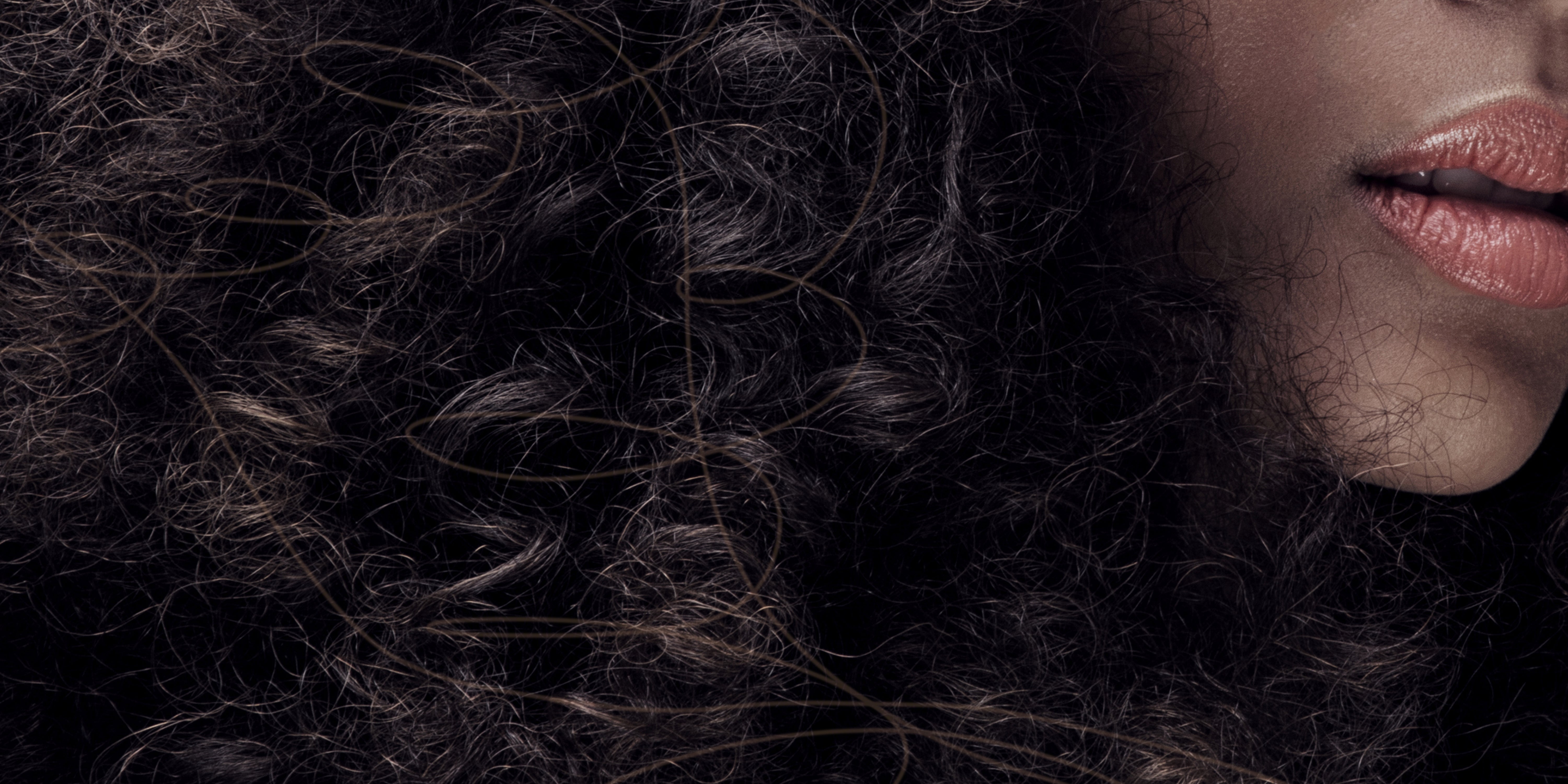

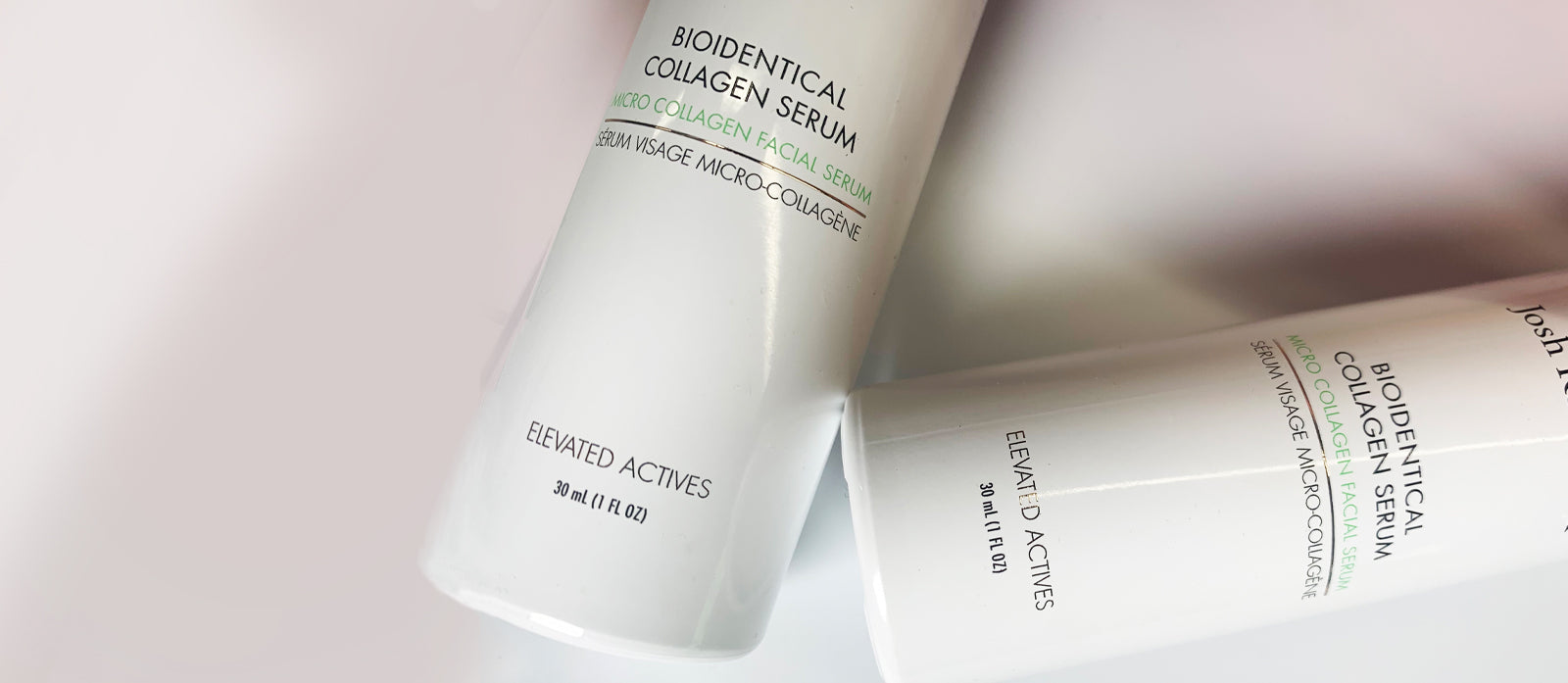
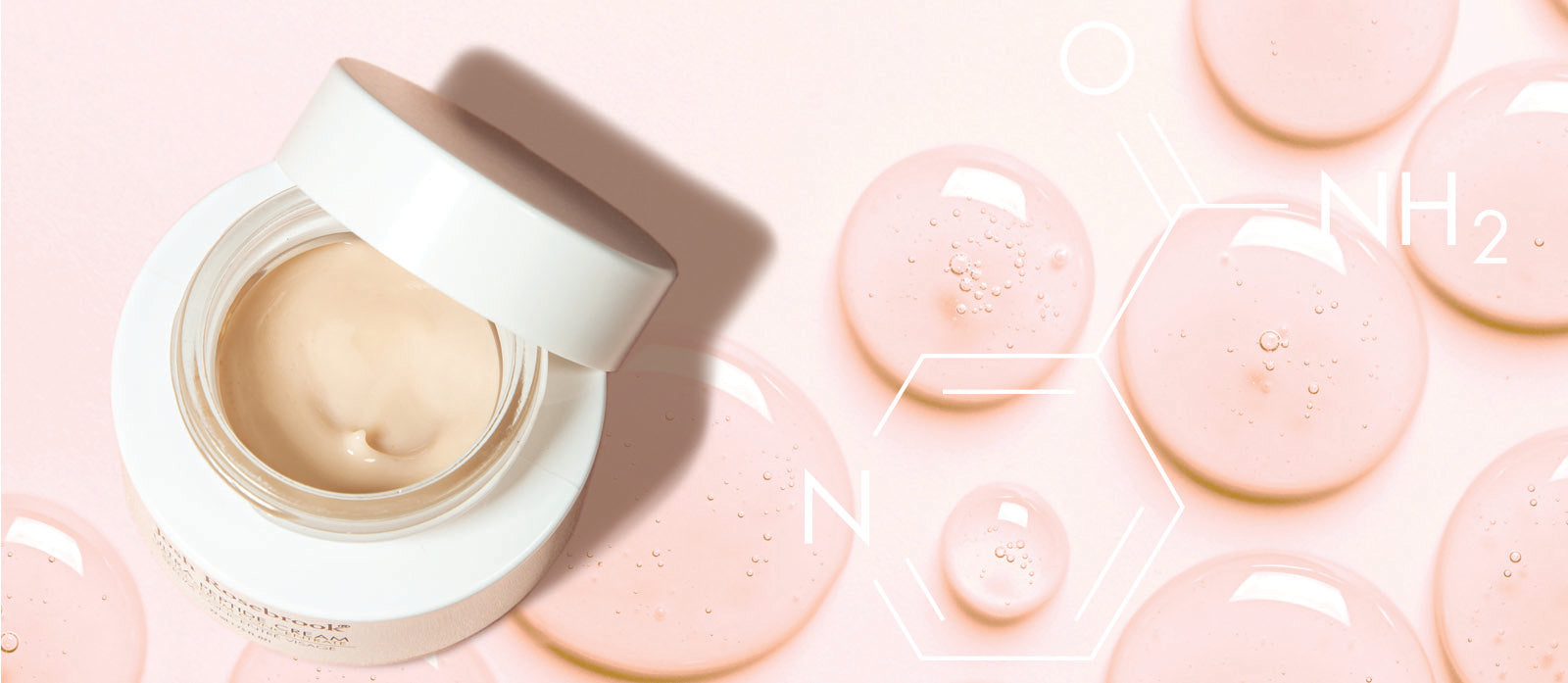

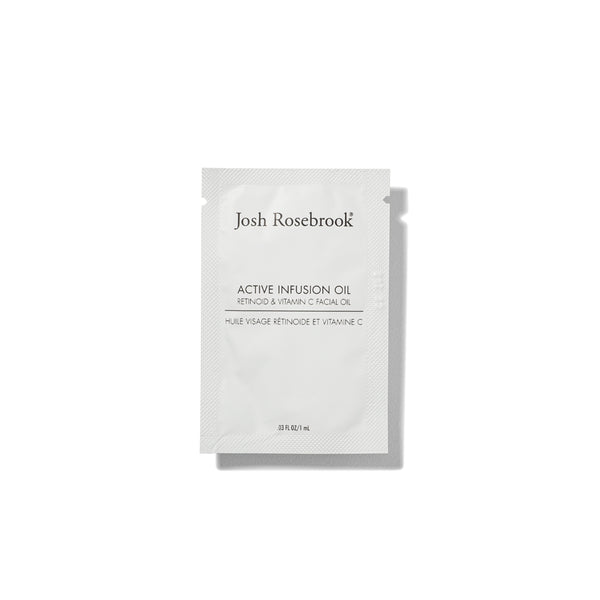
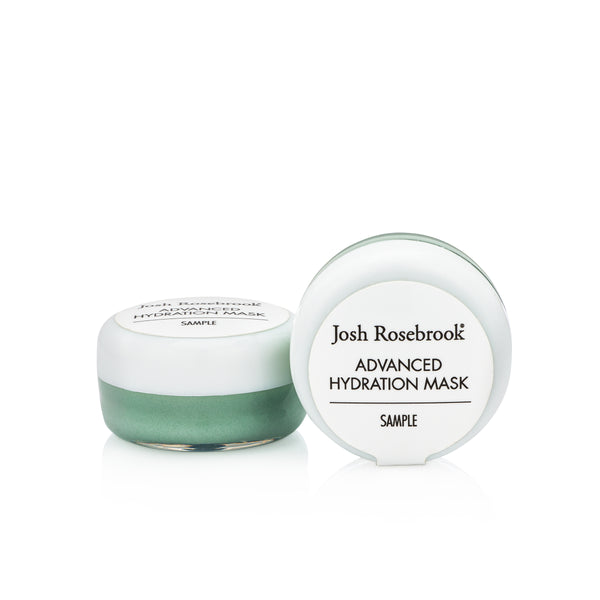


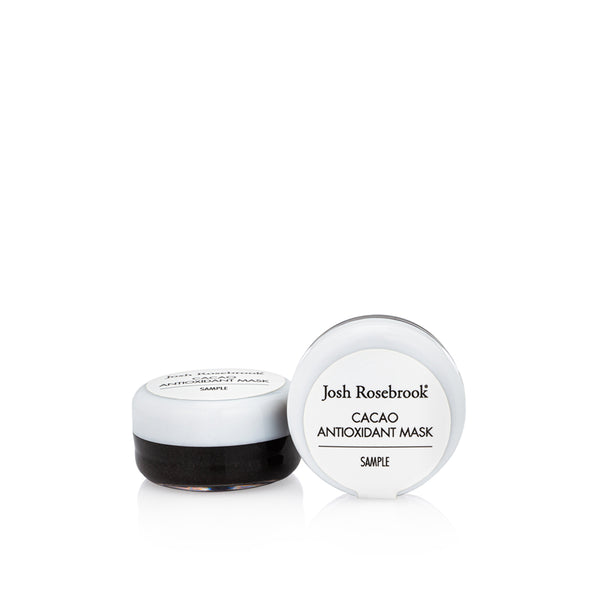
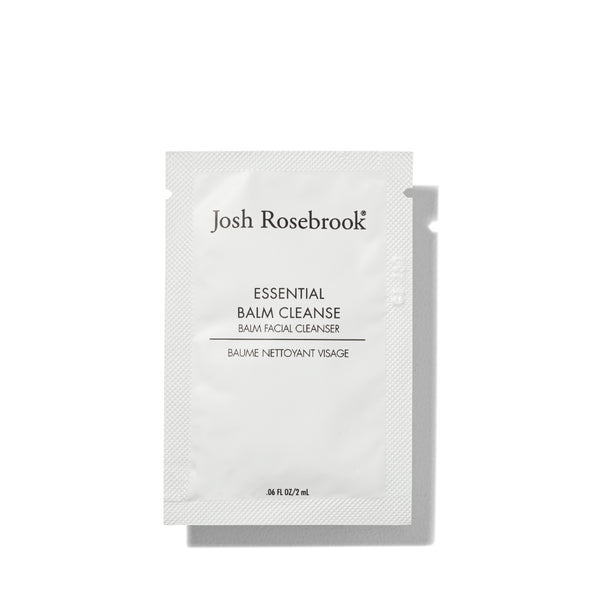
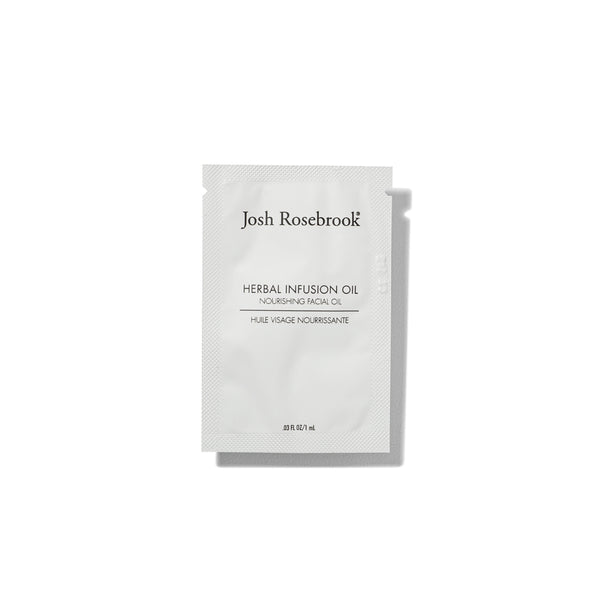
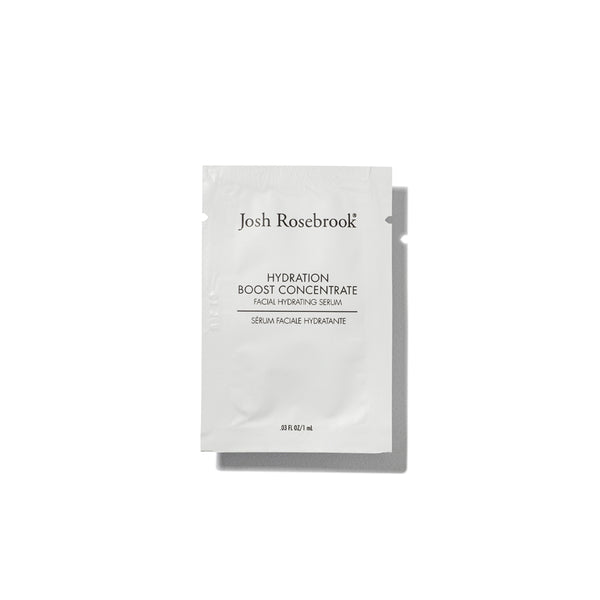
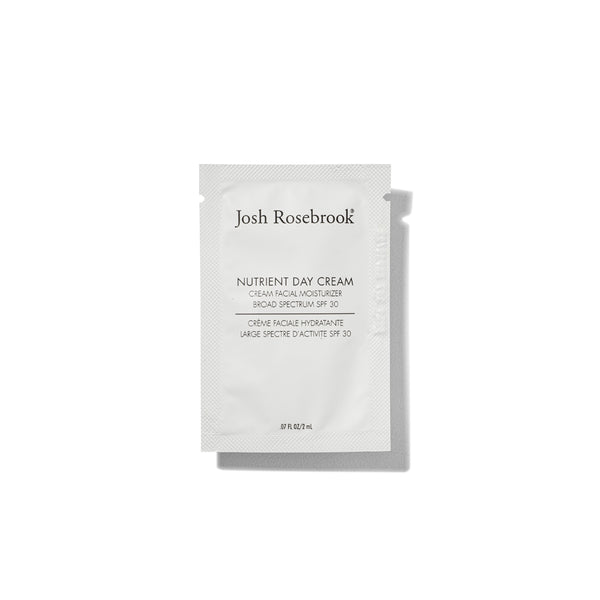
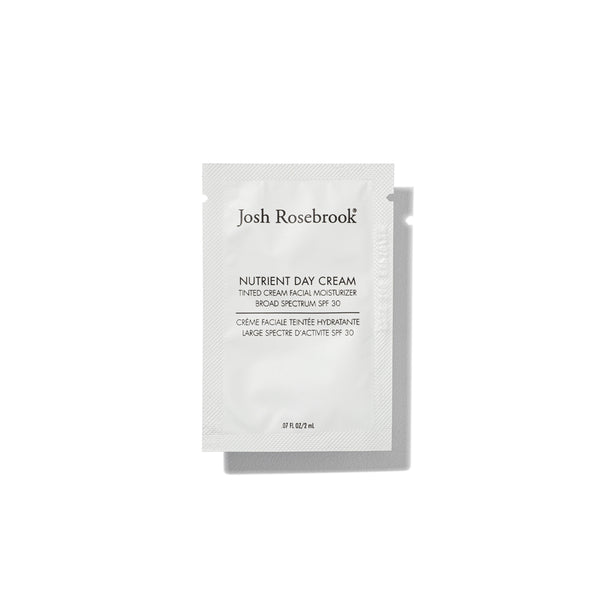


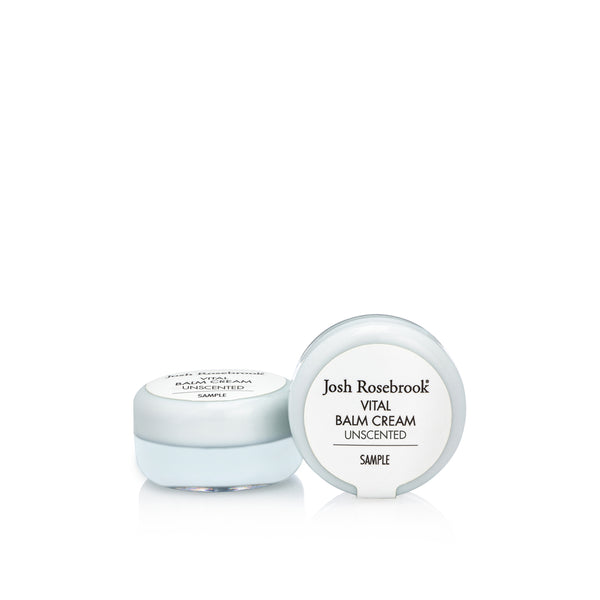
WRITTEN BY Josh Rosebrook